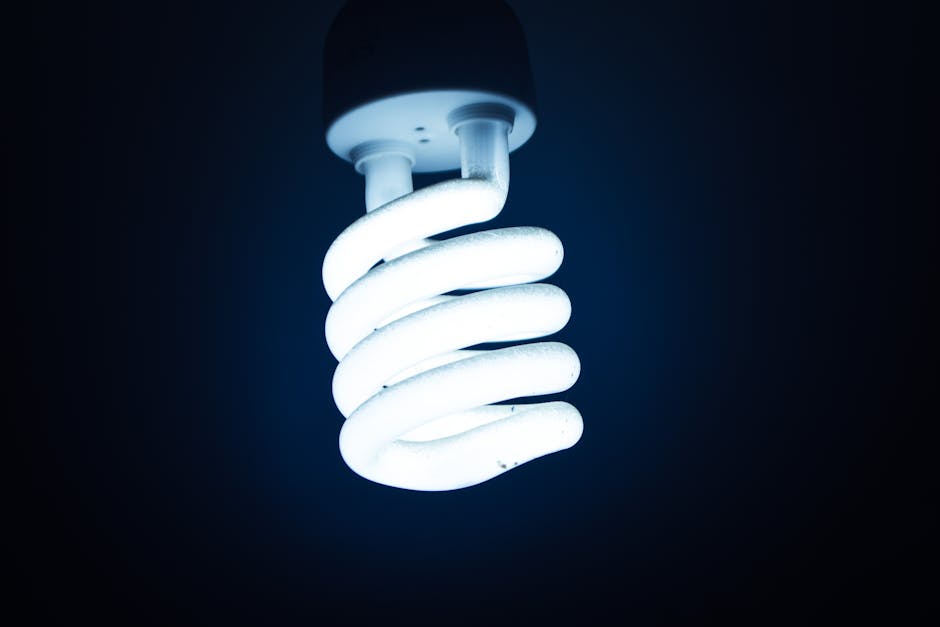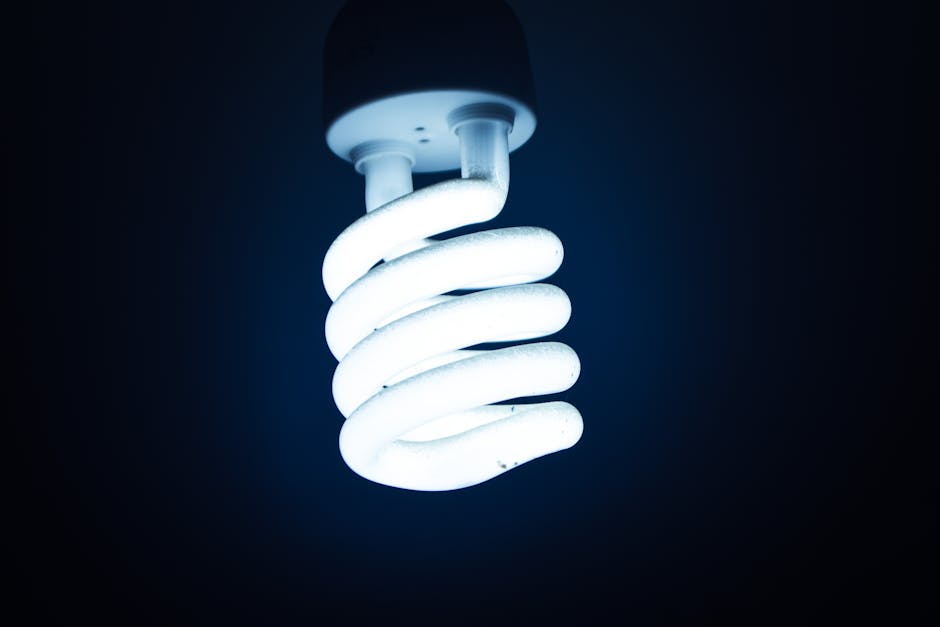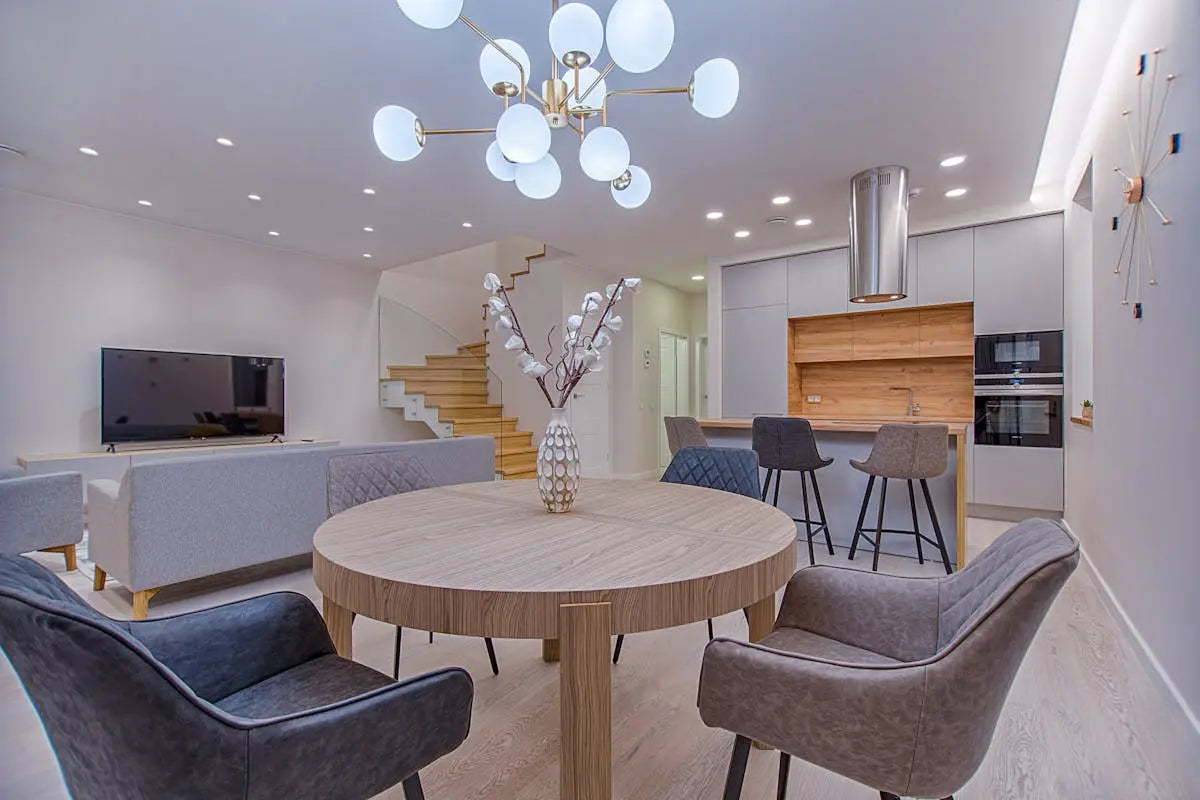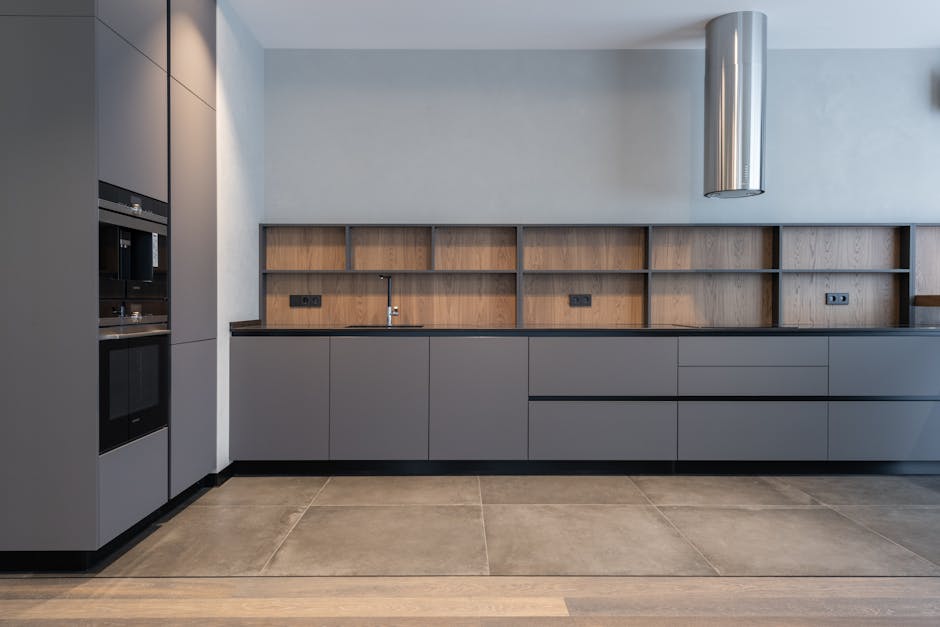Why Upgrading Your Light Switches Can Save You Money on Energy Bills in St. Charles County
Introduction to energy savings with upgraded light switches
Switching to smart or dimmable light switches in your home might not be the first thing you think of when trying to save on energy bills, but it’s a game changer. In St. Charles County, as in many places, the cost of energy is climbing. By simply upgrading your light switches, you’re taking a proactive step towards reducing your monthly bills. Smart switches allow you to control your lights remotely, ensuring you never leave lights on by accident. Dimmers let you adjust the brightness to just what you need, using less power. Both options help cut down on energy use without sacrificing comfort. It’s a straightforward switch with a big impact.
Understanding the role of light switches in energy consumption
Light switches are more than just a way to turn lights on and off. They’re gatekeepers of your home’s energy usage. Every flick of the switch is a command to consume electricity, which adds up on your energy bill. Many don’t realize that traditional light switches don’t do much to conserve energy unless you’re diligent about turning lights off when they’re not needed. In St. Charles County, where energy costs can fluctuate, taking control of how and when you use your lighting can lead to significant savings. Upgrading to modern switches, like dimmers or motion sensors, allows for smarter energy use. Dimmers let you adjust the brightness of your lights, consuming less power when you don’t need full illumination. Motion sensors automatically turn lights off in empty rooms, making energy waste a thing of the past. By understanding this, you’re a step closer to cutting down those energy bills.
The types of modern light switches available
In St. Charles County, swapping out old light switches for modern options isn’t just about boosting your home’s looks; it’s a smart move to cut down on energy bills. Let’s get straight to the point: there are several types of modern light switches out there, each with its own perks. Dimmer switches let you adjust the brightness of your lights to your liking. Lower light means less energy used, which translates to savings on your energy bill. Then, there’s motion sensor switches. These nifty gadgets turn the lights on only when movement is detected, ensuring lights aren’t left on by accident. Perfect for rooms that aren’t constantly in use. Timer switches are another cool type. You set a time for your lights to turn on and off. This way, you’re not wasting electricity on lights that don’t need to be on. All these switches are designed to offer more control over your energy consumption, which means more control over your bills. Easy switch, easy savings.
Analyzing the cost vs. savings of upgrading light switches
Switching to modern light switches in St. Charles County might sound like just another expense, but let’s break down how it actually saves you money in the long run. Traditional switches—yeah, the ones you flip up and down—they don’t do anything special. You turn lights on, you forget them, and that’s energy wasted. Now, upgrade to something fancier, like dimmer switches or motion-sensor switches, and the game changes. Dimmer switches let you control how much light you use. Less light means less power consumed. Easy, right? And with motion sensors, lights only come on when someone’s in the room. No more hallway lights left on all night because someone forgot to turn them off. So, what about the costs? Initially, yes, you’ll pay more for these smart switches—think in the range of \(20 to \)50 each, depending on the type. But here’s the kicker: The U.S. Department of Energy tells us that by using these technologies, you can slash your lighting energy use by 50% to 75%. That’s huge. Let’s say your current lighting bill is around \(100 a month. Cut that in half and you're saving \)50 monthly. In just a few months, those new switches start paying for themselves. And after that? It’s all savings, going straight back into your pocket.
How smart light switches work to save energy
Smart light switches are just like regular light switches - but with brains. Picture this: you leave a room and forget to turn off the light. Happens all the time, right? With a regular switch, that light stays on until you remember to turn it off, wasting energy and hiking up your bill. Enter smart light switches. These clever devices can be controlled from your smartphone or set to operate on a schedule. So, if you always forget to turn off the lights when you leave for work, you can program your smart switch to do it for you at the same time every day. Also, some smart switches can adjust the lights based on daylight availability, using less energy during the day and only what’s needed at night. It’s not just about convenience; it’s about using energy only when you need it. And that’s how smart switches save you money on those energy bills in St. Charles County. Less waste, more savings. Simple, smart, and efficient.
The impact of dimmer switches on your energy bills
Switching to dimmer switches can cut down your energy bills. Here’s the deal: dimmer switches let you control the brightness of your lights. When you dial down the light, you’re using less electricity. It’s that simple. Less electricity means lower energy bills. Plus, dimmer switches could extend the life of your bulbs because they’re not always at full blast. This means you’re saving money not just on energy but also on buying fewer bulbs over time. It’s a smart move for your wallet and the environment.
Installation process for upgraded light switches in St. Charles County
When you decide to upgrade your light switches in St. Charles County, the installation process is straightforward but needs a professional touch. First, an electrician will shut off the power to ensure safety during the installation. This is a critical step; trying to replace a switch without turning off the power is dangerous. Next, the old switch is removed, and the wires are carefully disconnected. It’s vital to note the wiring setup before removing the old switch to replicate it with the new one. After that, the new switch is connected to the wires, following the manufacturer’s instructions. This might involve attaching the ground wire to the switch’s ground screw and then connecting the other wires. Once everything is securely attached, the switch is screwed into the wall, the faceplate is put back on, and the power is turned back on to test the new switch. Using a professional electrician for this ensures the job is done right and safely. Upgrading your switches can seem like a small change, but it’s a significant step toward making your home more energy-efficient and saving money on those bills.
Incentives and rebates for energy-efficient upgrades in St. Charles
In St. Charles County, switching to energy-efficient lighting isn’t just about saving money on your bills; it’s also about catching some breaks with incentives and rebates. Local utility companies and government programs are in place to reward residents who make greener choices. For example, Ameren Missouri offers cash back for those who install smart thermostats, which can easily extend to energy-efficient lighting systems. The trick is to keep an eye out for these opportunities. Typically, residents can apply for these rebates online by providing proof of purchase and installation. Also, certain federal tax credits can apply, reducing the amount you owe come tax season. So, not only do you lower your energy bills by being smart about your lighting, but you can also get some of your investment back. It’s a win-win. Always check the latest offers in St. Charles and make upgrading a savvy, money-saving move.
Real-life examples of energy savings in St. Charles County homes
Several homeowners in St. Charles County have seen real money savings on their energy bills after switching to more energy-efficient light switches. Take the example of Jane from St. Peters, who installed dimmer switches throughout her house. She reported a 15% reduction in her monthly energy bill because she could adjust the lighting based on the time of day and her family’s needs. Then there’s Marcus from O’Fallon who opted for motion sensor switches in high-traffic areas like the kitchen and hallways. Marcus noticed nearly a $20 drop in his energy bill each month because lights automatically turned off when nobody was in the room. Both examples show that smart, energy-efficient switches aren’t just fancy upgrades; they’re investments that pay off by cutting down unnecessary power usage and reducing your bills.
Conclusion: Summarizing the benefits of upgrading light switches
Upgrading light switches might not be the first thing to pop into your head when thinking about cutting down energy costs, but it should be part of your strategy. It’s simple. By switching to modern, energy-efficient switches like dimmer switches or smart switches, you’re setting yourself up for savings. Dimmer switches let you control the light intensity, using only as much energy as you need. Smart switches, on the other hand, can be programmed or controlled remotely, ensuring lights aren’t left on by mistake. Plus, both types add a touch of modernity and convenience to your home. So, if you’re in St. Charles County or anywhere really, think about this small change. Because small changes lead to big savings.









